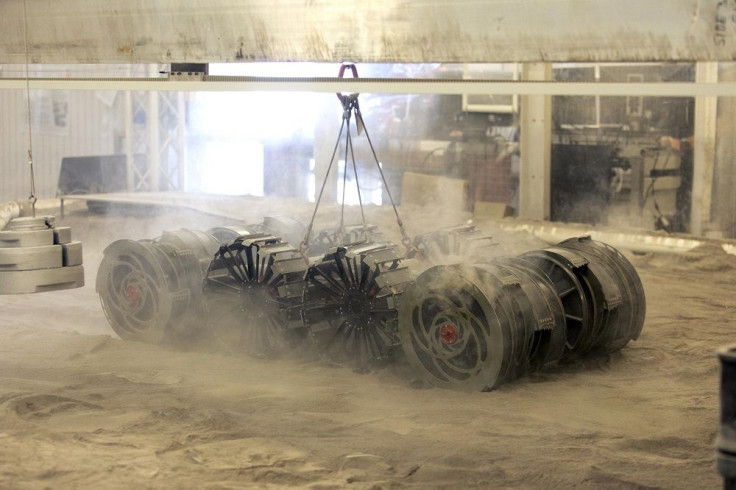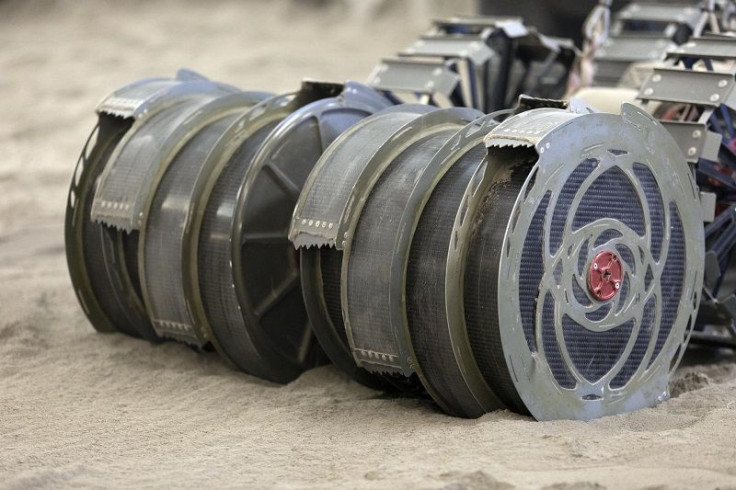NASA Challenge Alert: NASA Seeking Public Help To Design Moon-Digging Robot

KEY POINTS
- NASA is seeking new designs for the bucket drums on a Moon-digging robot
- The challenge aims to improve upon NASA's current design
- The top five designs will receive a total of $7,000
NASA is seeking public help to design a robot that can dig on the surface of the Moon and, the top five submissions to the challenge will receive a total of $7,000. The challenge is to help improve NASA's design for a lightweight excavator that can collect and move lunar soil, also called regolith.
So far, NASA has designed Regolith Advanced Surface Systems Operations Robot (RASSOR), which the agency is already testing inside Swamp Works at the Kennedy Space Center. The problem is that, here on Earth, excavators rely on their weight to dig. On the Moon, any robot that humans send has to be lightweight.
For the challenge, NASA is specifically looking for new designs for RASSOR's bucket drum, the part of the robot that collects regolith and keeps it in. RASSOR's current bucket drums are hollow cylinders that counter-rotate at either end of the robot. They are designed to balance the excavation forces; thereby, making it easier to dig without relying on weight to excavate in a low-gravity environment. Then, when RASSOR reaches the dump location, the bucket drums can be commanded to reverse their rotation direction so that the regolith will be expelled.

"RASSOR is excavation and transportation all in one, but we'd like to improve the design," robotics engineer at Kennedy Space Center, Jason Schuler, said.
As such, the RASSOR Bucket Drum Challenge will be open until April 20, 2020, with the aim to look for better designs for the bucket drum that will allow it to capture and hold more regolith. The successful designs should have a fill ratio higher than 50 percent, which means that the design should be more than half full when it reaches the maximum amount it can hold. They should also meet dimension requirements, include a short description of how the design work and, explain whether the design is real, can work and can actually be created.
As mentioned, the total prize winnings amount to $7,000, with the first-place design set to receive $3,000 while the second, third, fourth and fifth place will win $2,000, $1,000, $750 and $250 respectively.
"We've held challenges on GrabCAD in the past and they were very successful," Schuler said. "As a repository for computer-aided design, the platform helps us reach professional designers, engineers, manufacturers and students outside of the space industry who may have an idea that could benefit NASA," it went on.
© Copyright IBTimes 2024. All rights reserved.






















